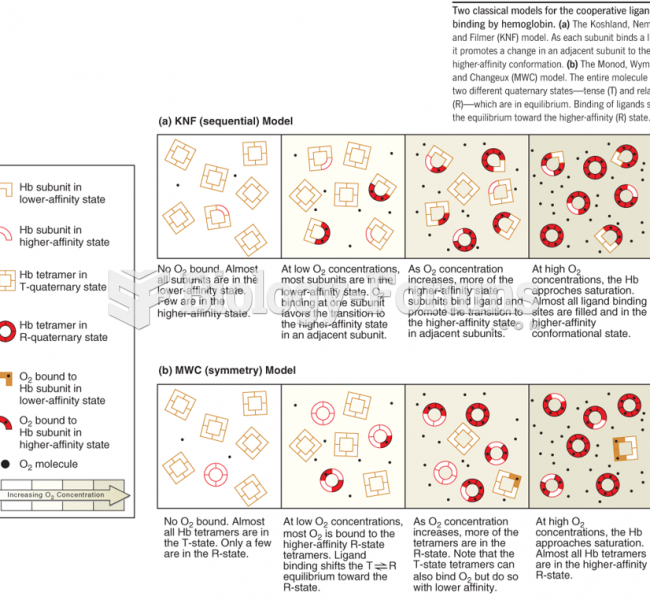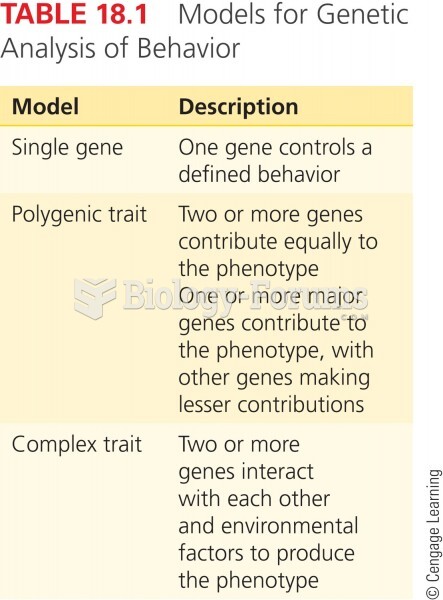Which of the following expresses a true distinction between two models of school readiness?
a) The Maturationist Model considers school readiness to be indicated by biological maturation, while the Cumulative-Skills Model considered school readiness to be indicated by the acquisition of necessary skills.
b) The Maturationist Model considers early socialization experiences to play a key role in school readiness, while the Cumulative-Skills Model believes that readiness is based on an interaction between children and their environment.
c) The Maturationist Model believes that school readiness should be evaluated in a holistic manner, while the Cumulative-Skills Model believes that readiness can be evaluated in terms of the discrete skills.
d) The Maturationist Model focuses on the interaction between a child and his or her environment, while the Cumulative-Skills Model believes that school readiness is largely a function of the individual child.
Question 2
A key distinction between the Thurstone Personality Schedule and the Bernreuter Personality Inventory is that in the Thurstone Personality Schedule,
a) each item can only contribute to one scale, while in the Bernreuter Personality Inventory, an item can contribute to more than one scale.
b) items are keyed to four personality dimensions, while in the Bernreuter Personality Inventory, items are keyed to a single dimension.
c) all items are dichotomous, while in the Bernreuter Personality Inventory, some items offer more than two choices.
d) different forms are used for different age groups, while in the Bernreuter Personality Inventory, the same form is used for all age groups.







